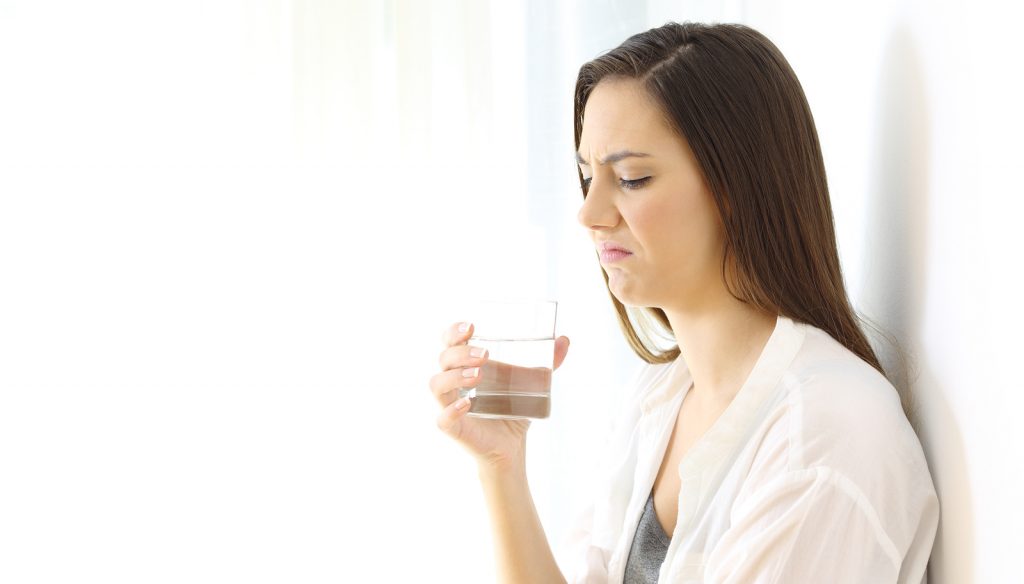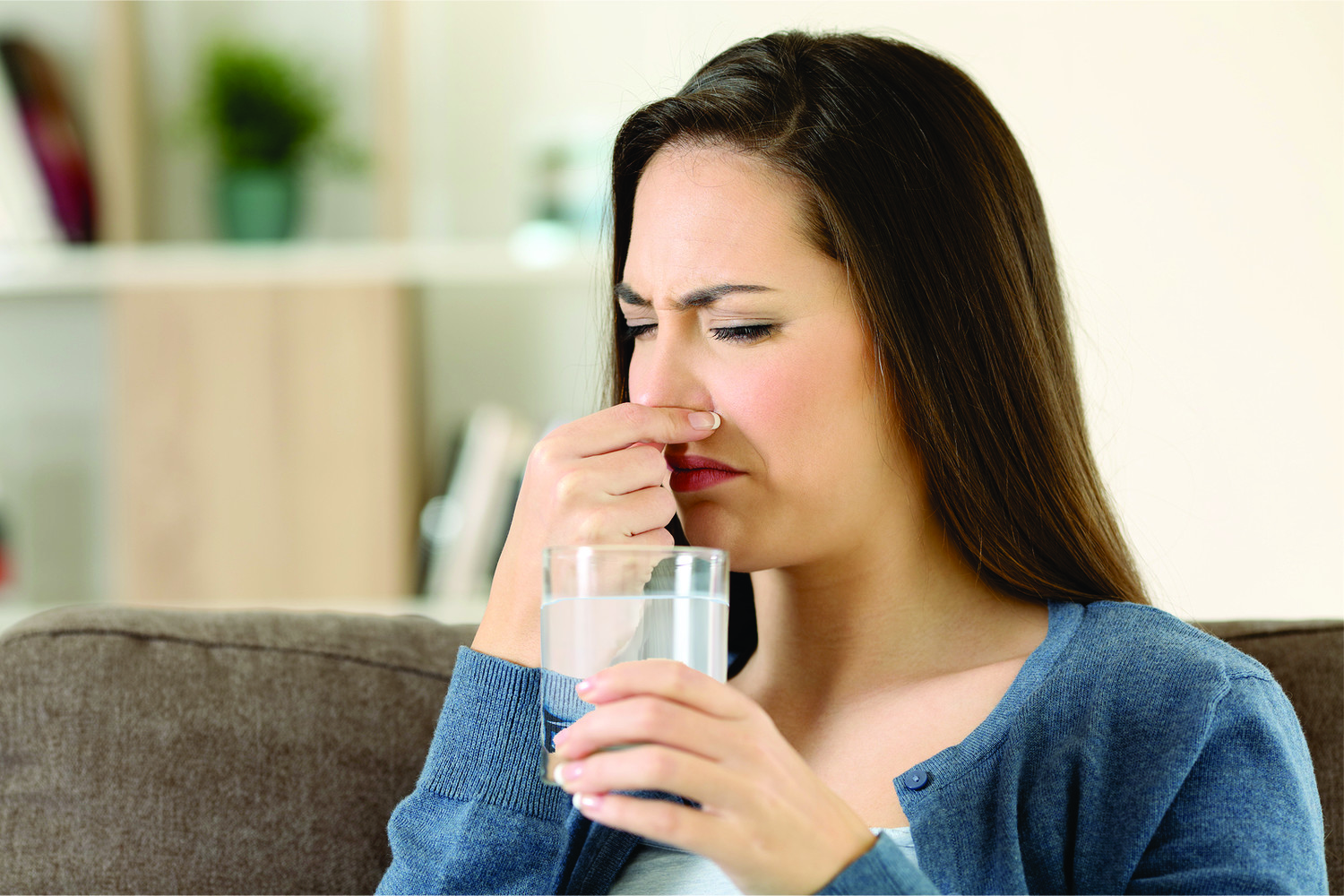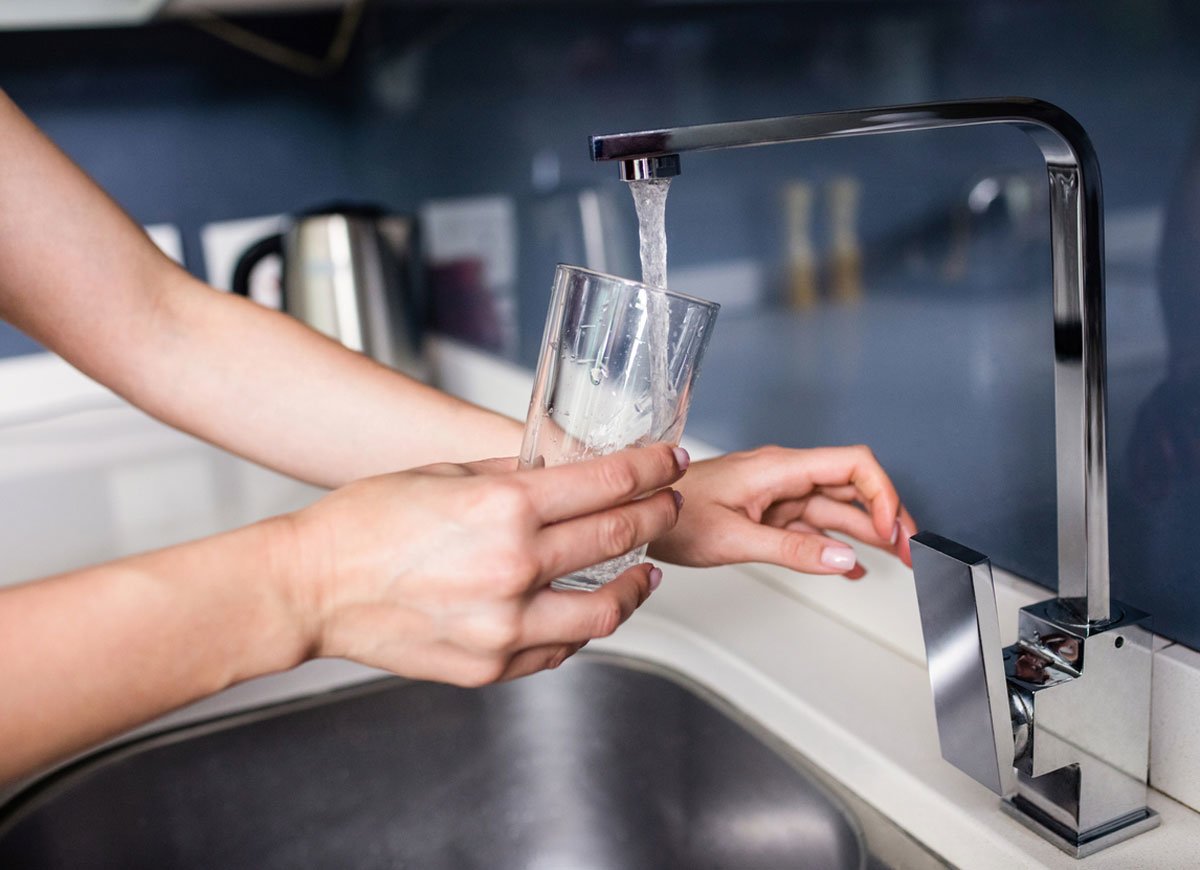Does your home’s tap water taste bad? Check out this guide to learn what your tap water should taste and smell like.
60% of the adult human body is comprised of water. Therein lies the importance of drinking “8-glasses per day” as many of us have heard our doctors say.
While few people argue the importance of drinking water, many argue about water’s variable quality and where it’s safe to drink water from.
Look no further than the Flint water crisis to see the height of such discussions.
Do you get your water from your home’s tap? Are you noticing odd sights or smells coming from your faucet that have you concerned?
If you answered yes to those questions, keep reading.
Below, we break down common tap water issues and give some broad-stroke advice on what you can do to get your problems solved.
Common Tap Water Sight/Smell Problems
There are a virtually infinite amount of sight/smell issues that you might be experiencing with your tap. Based on what people have reported over the years, here are a few of the most common complications.
A Rotten Egg Smell
Rotten eggs is a word that’s used to describe bad water all the time. The cause of this smell varies but more often than not, this particular tap water issue is caused by hydrogen sulfide and sulfur being present in high quantities in your home’s pipes.
In moderation, those elements are not lethal to consumers. In high concentrations and in combination with other factors, they can cause health issues.
A Sewage Smell
Does the smell of your tap go beyond an egg smell? Are you smelling sewage when you run your tap for 15-seconds or more?
If you are, stop drinking your water immediately. Sewage smells in water could indicate a compromised sewer line that is contaminating your water supply.
Given the variability of what comprises sewage, sewage-contaminated water can be lethal.
Brown Tint
Brown tinting appearing in tap water usually occurs after maintenance has been done on pipes. In almost all cases, running your tap for 30-seconds should clear up any traces of it.
If a brown color persists after water flushing, it could be old pipes or a sudden spike in water demand that’s causing the issue.
Cloudy Textures
The most common cause of cloudy water is air getting into pipes. Air is usually introduced to water through small leaks in a pipe’s wall at the city-level.
Air in your water is safe and while you should report it, you shouldn’t be concerned about drinking water that’s filled with micro-bubbles which tend to create a cloudy appearance.
Yellow Tint
Having a yellow tint to your water supply is usually a by-product of rust that has built up in your home’s piping throughout the years. In moderation, yellow-tinted water should not cause health issues.
That being said, you should remedy your piping issue as soon as possible as large traces of rust in water can cause (or more likely exacerbate) health conditions.
A Sweet/Salty Taste
Rounding out our common tap water issues is what some people describe as traces of sugar or salt in their tap.
In the case of sweet-tasting water, excess calcium in your city’s water supply may be the culprit. For salt, usually chloride ions are to blame.
Since chloride ions have the ability to corrode pipes and cause broader issues in high concentrations, salt flavors should be a broader cause for concern than sweet flavors in your water.
How Can You Fix These Problems?
Now that we’ve talked about common tap issues, the next thing that we’d like to discuss is how you can go about solving these problems. Here are a few courses of action that are worth looking into.
Consult a Plumber
No amount of advice that you can dig up online can tip you off to exactly what you should do to solve
your water problems. A plumber, on the other hand, can look into your concerns first hand and investigate causes.
While plumbers will typically charge to diagnose your issue, by hiring one, you’ll get actionable advice like the installation of a saltless water softener, the switching of a bad pipe and more.
Given how critical drinking clean water is to your health, getting professional plumbing help is well worth the expense.
Buy a Water Filter
You really should work to fix your water’s underlying issues at the source. To make your water safer in the interim though, leveraging a good water filter can act as an additional buffer between you and contaminated water.
Talk to Your Community
Are your neighbors experiencing the same water problems as you? Find out.
If they are, the water issue is almost certainly being caused by city piping problems and need to be reported/addressed by government officials.
Boil Your Water
A low-cost way to better ensure your tap water quality is to boil and cool your water before consumption. This is by no means a long-term water solution but can provide relief while you look into more sweeping fixes.
Wrapping Up Common Tap Water Problems and Solutions
Having clean tap water is essential to many people’s ability to live healthy lives. If you’re experiencing any of the concerns that we’ve outlined above, our best advice to you is to seek out professional help as soon as possible to get to the bottom of and fix your water problems.
For more tips on all things related to your home, check out more of the newest content that our team of housing experts uploads to our blog every week!




















